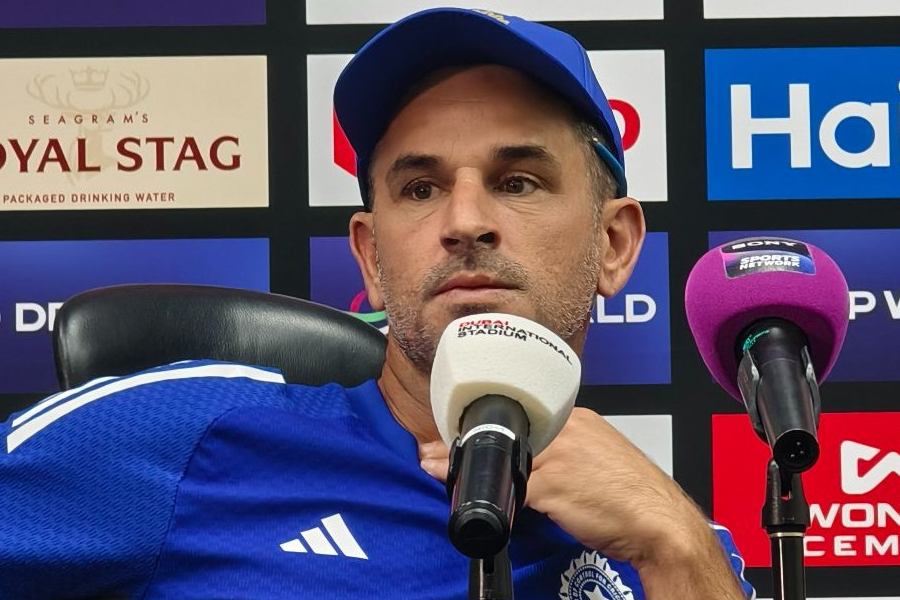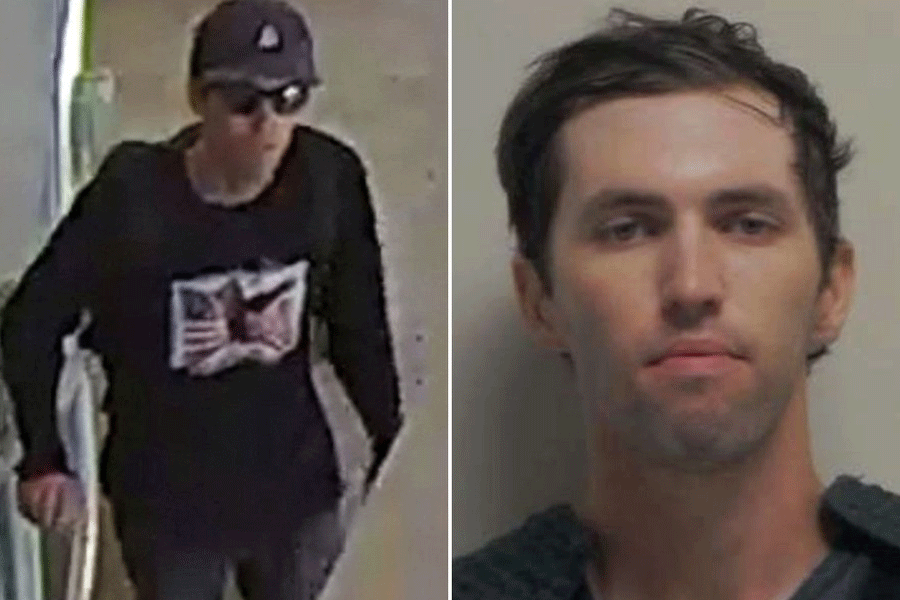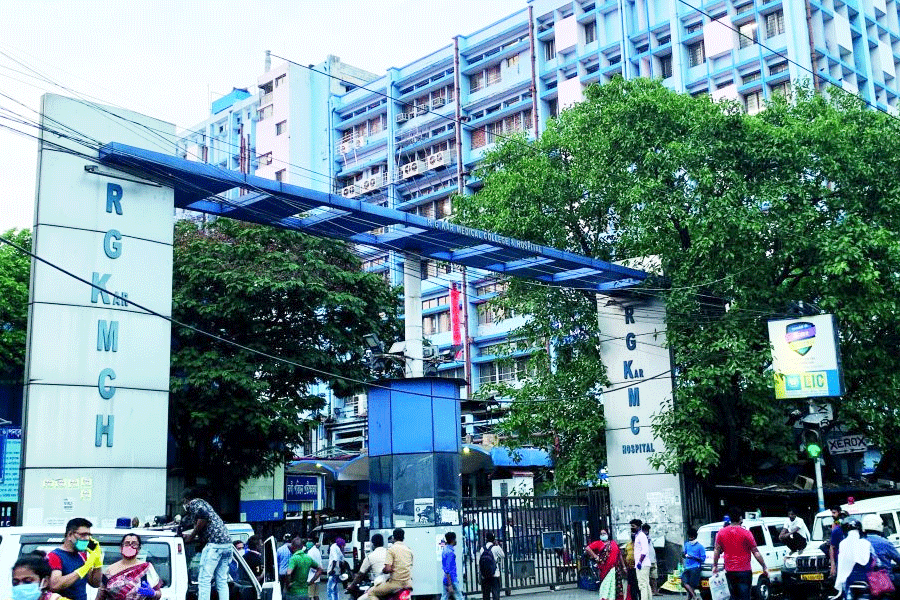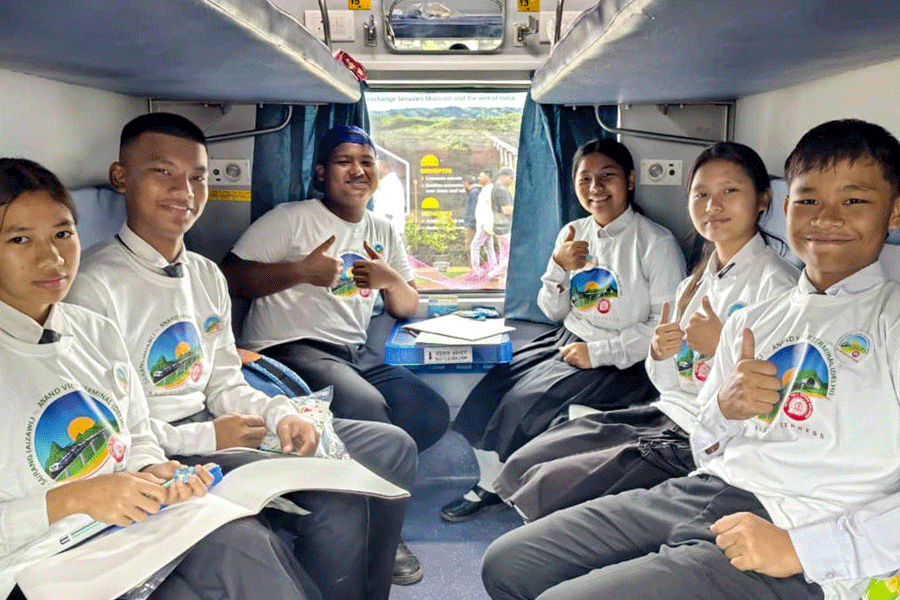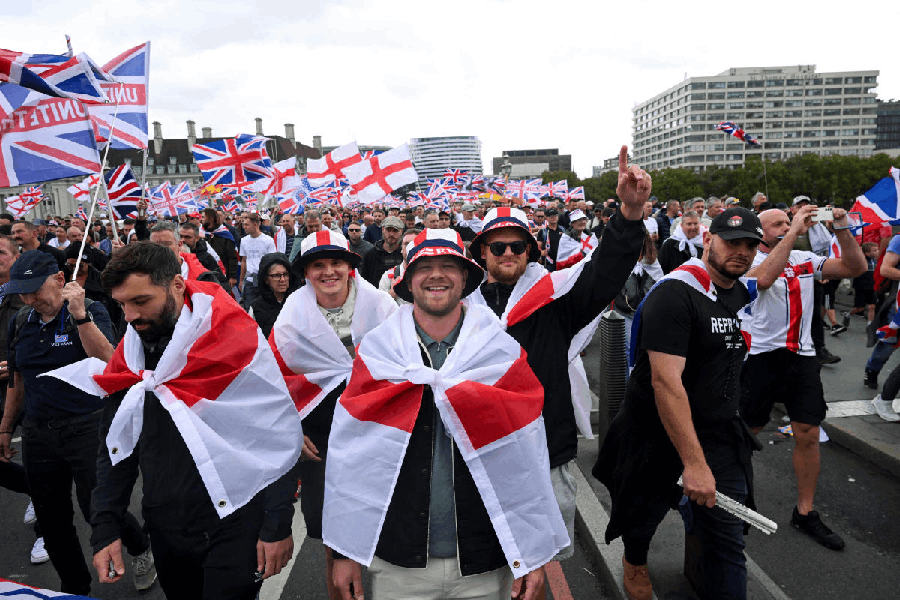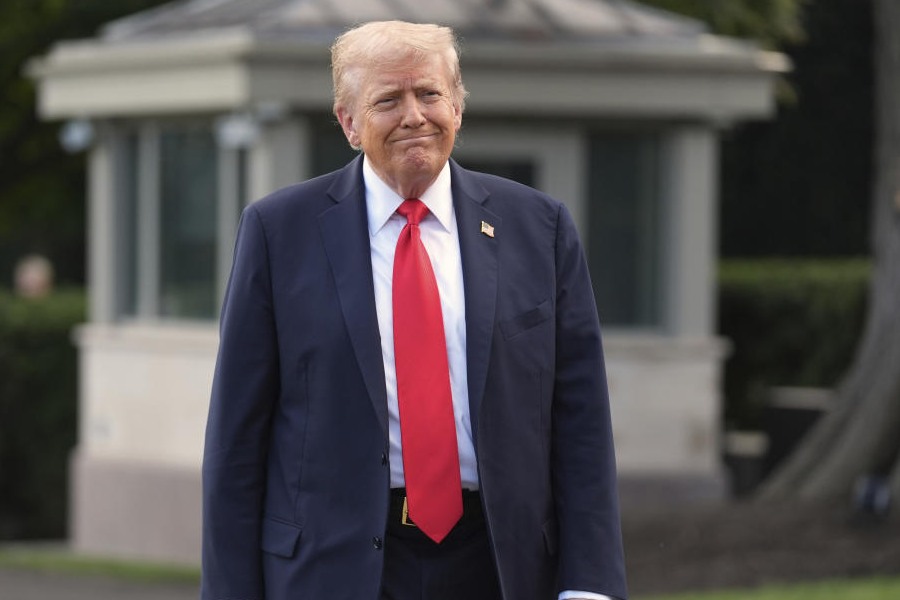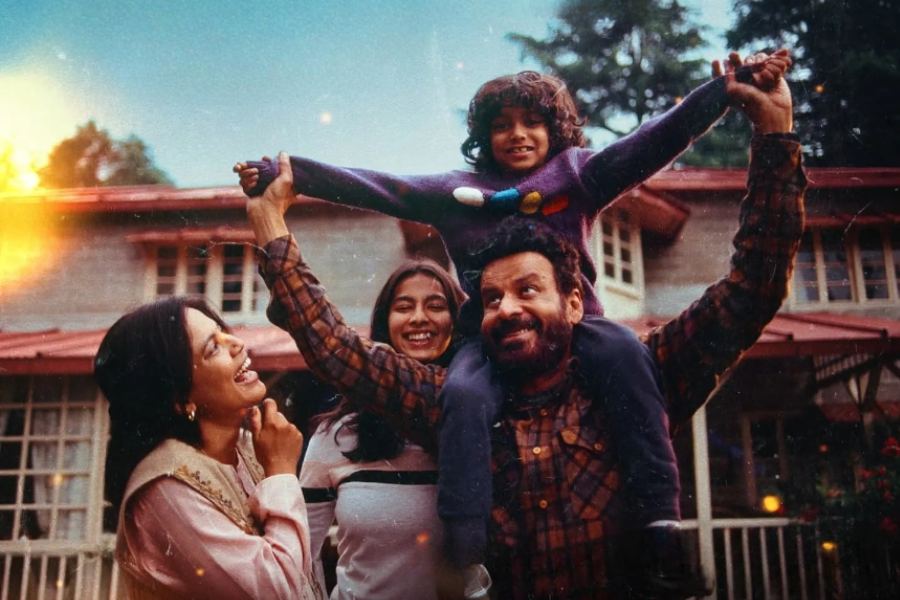New Delhi, June 21 :
New Delhi, June 21:
Skills developed from frequent engagement in combat have taken a team of the army's special forces to the top in a 'Race of the Rambos' - a competition for special military units from 12 countries - in Africa this month.
The army sent two teams from the Parachute Regiment's 10th battalion (10 Para - Special Forces), pulling them out from their operational locations - where they have been since the standoff on the borders.
'We had just about two months to prepare,' said Major Animish Ranade, who was overall leader. 'We return to locations now where we are operationally deployed.'
Lt. Gen. Nirbhay Sharma, colonel-commandant of the Parachute Regiment, said: 'The hardships we face in combat situations - as in Operation Vijay (the Kargil war) and in counter insurgency operations in the Northeast - keep our paras on the toes all the time.'
The team of Ranade's junior, Captain T.R. Krishnadas, bagged most of the awards. Both teams are from the unit called Desert Lions. The army fielded four officers - the others being Captains V.S. Salaria and V.J.S. Pander - and eight other ranks. Ranade's team bagged one prize after a crucial member was injured in the first event.
The 12 men who turned up at the army headquarters today - one of them on crutches - were in olive greens. Ranade, a lithe six-footer, was the tallest and Krishnadas, who appeared to be five-foot nothing, is a stocky powerhouse whose torso is a perfect 'V'. Like special forces the world over, they sported maroon berets and a lapel on the shoulder that read 'commando'.
Exercise Airborne Africa - as the competition was called - had 28 army teams from France, the US, the UK, South Africa, Botswana, Swaziland and six other countries. This is the second time the event was held, the first time that India was invited. Held in the Kalahari desert in northwestern Botswana, defending champions South Africa fielded eight teams.
'Compared to most of the other teams, our experience in live combat has paid off. Every member of our teams has been in actual combat - in Jammu and Kashmir, mostly,' said Ranade, the most senior officer leading the Indians, after being handed over a commendation card by the Chief of Army Staff, General S Padmanabhan, here today.
The exercise was spread over three days on a course 65km long in the desert. It began with a para drop on June 8. The teams competed for awards in traversing the full course (of 65 km) in the desert with full combat loads (comprising an 18 kg backpack, a general-purpose machine gun weighing 13.5 kg and a radio set weighing 6 kg).
'It is winter in the southern hemisphere now,' said Krishnadas. 'The weather with maximum temperatures around 30 degrees Celsius sounds as not to bad, but with combat loads and the sandy desert that made trudging slow in the ankle-deep sand combined to make it really gruelling.'
Krishnadas and his men won awards in a 35 km endurance march, a 10 km navigation exercise (using only a map and a compass - without aid of global positioning systems), a casualty evacuation over 10 km (carrying a 50 kg dead-weight to simulate carrying a casualty) and a 10 km speed march.
The event rounded off with the teams being tested for combat shooting with Galil (Israeli) 7.62 mm rifles and Sig (Swiss) pistols. The Indians did not win awards in the shooting.
 Sunday, 14 September 2025
Sunday, 14 September 2025

